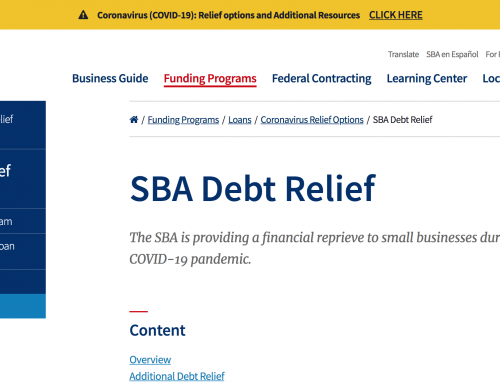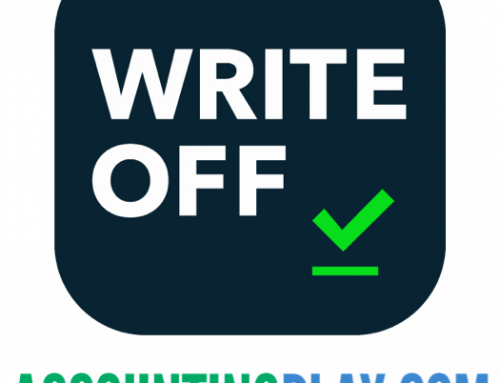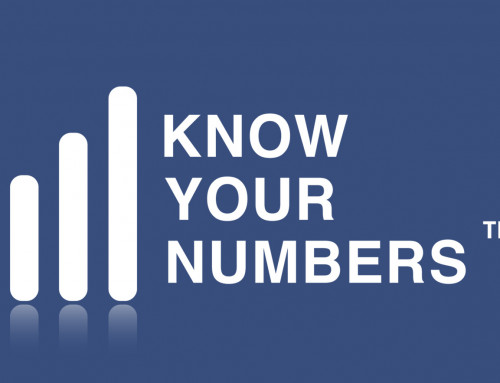Podcast: Play in new window | Download
Subscribe: Apple Podcasts | RSS
In this particular episode, you will learn
- The Income Statement
Podcast transcript:
Income Statement
The income statement, also referred to as a profit and loss statement, reports the financial performance of a business over a period of time. Because the information is reported over a period in time, the income statement can be compared to a video. Typically the time period will be one year or three months at a time. Revenue will indicate how the business is generating money from the sale of goods and services. Expenses show how assets are being used to generate revenue. Stakeholders prefer to see a profit at the bottom of the income statement, when there is more revenue than expenses. If expenses are greater than revenue, the business has a loss. Businesses operating at a loss are likely losing money.
Revenue - Expenses = Profit or Loss, forms the basis for the income statement. On a cash basis, money received for goods and services is reported as revenue. Cash paid for expenses will be totaled in categories such as office and internet expense. The total of revenue minus expenses will then equal a profit or loss for the business. Let’s say a consultant receives $1,000 for a speaking engagement and uses $50 of supplies. In this simple example, the profit would be $950 ($1,000 of revenue - $50 of supplies). In reality, there will likely be several other expenses.
Businesses that sell inventory have cost of goods sold on the income statement. Cost of goods sold is generally the cost of items that were sold during the period. If a candy store sells $10,000 of candy that it paid $3,000 for, then the gross profit would be $7,000. The gross profit does not take into account other selling expenses, such as the rent for the candy store. A cost of goods sold calculation is necessary because the purchase of inventory is not an expense until the inventory is actually sold. If the same candy store purchased $100,000 of candy, but only sold $3,000 of it, then the $3,000 would be the cost of goods sold and the remaining $97,000 would be an asset, until sold.
At the end of the accounting period, typically one year or 3 months at a time, the income statement profit or loss results are recorded to retained earnings, a balance sheet account. This happens automatically in accounting software when the reports are run and can also be performed manually. This process is informally referred to as closing the books. Because the ending results of the income statement are recorded to the balance sheet, both financial statements relate to each other.
- Comparable to a video, because it reports financial activity over time
- Reports revenue and expenses to arrive at the profit or loss
- Expressed: Revenue – Expenses = Profit or Loss
- Measures financial performance
- Ending results reported on the balance sheet equity account, retained earnings





Leave A Comment